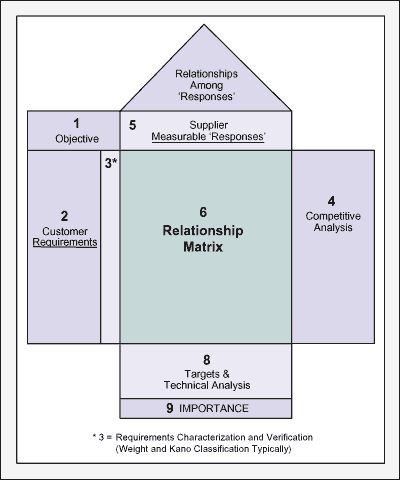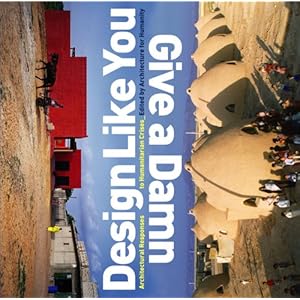Complexity can be tamed, but it requires considerable effort to do it well. Decreasing the number of buttons and displays is not the solution. The solution is to understand the total system, to design it in a way that allows all the pieces fit nicely together, so that initial learning as well as usage are both optimal. Years ago, Larry Tesler, then a vice president of Apple, argued that the total complexity of a system is a constant: as you make the person's interaction simpler, the hidden complexity behind the scenes increases. Make one part of the system simpler, said Tesler, and the rest of the system gets more complex. This principle is known today as Tesler's law of the conservation of complexity. Tesler described it as a tradeoff: making things easier for the user means making it more difficult for the designer or engineer. “Every application has an inherent amount of irreducible complexity. The only question is who wil have to deal with it, the user or the developer.” (Tesler and Saffer, 2007) With technology, simplifications at the level of usage invariably result in added complexity of the underlying mechanism.If you are a Don Norman newbie, start with The Design of Everyday Things, that's a classic. I liked the first edition's title better, Psychology of Everyday Things. He called it POET for short.
I also just read an article Don wrote for core77: Act First, Do the Research Later, where he demonstrates that pragmatism matters, and there are many paths to good design.
Today we teach the importance of doing design research first, then going through a period of ideation, prototyping and iterative refinement. Lots of us like this method. I do. I teach it. But this makes no sense when practical reality dictates that we do otherwise. If there is never enough time to start with research, then why do we preach such an impractical method? We need to adjust our methods to reality, not to some highfalutin, elegant theory that only applies in the perfect world of academic dreams. We should develop alternative strategies for design.
Why it is not necessary to start with design research: Here are five very different arguments to support the practical reality of starting by designing, not through design research. First, the existence of good design that was not preceded by research. Second, the argument that experienced designers already have acquired the knowledge that would come from research. Third, the research effort of a company ought to be continually ongoing, so that results are available instantly. Fourth, and most controversial, research might inhibit creativity. And fifth, when the product is launched and the team assembled, it is already too late.That's particularly fun given that I'm taking a course right now which is all about design research. I do enjoy holding two opposed ideas in my head at the same time. (No one should think F. Scott Fitzgerald was literally setting this as a true, singular test of a first-rate intellect; it's a necessary quality, but not sufficient on its own.)
Hey! I just found the whole quote, and there's two more sentences to it that I've not seen before.
Before I go on with this short history, let me make a general observation – the test of a first-rate intelligence is the ability to hold two opposed ideas in the mind at the same time, and still retain the ability to function. One should, for example, be able to see that things are hopeless and yet be determined to make them otherwise. This philosophy fitted on to my early adult life, when I saw the improbable, the implausible, often the "impossible," come true.Seeing that things are hopeless and yet being determined to make them otherwise. Yup. That's worth doing.
If you want to investigate more about reconciling opposing ideas, I suggest The Opposable Mind.












